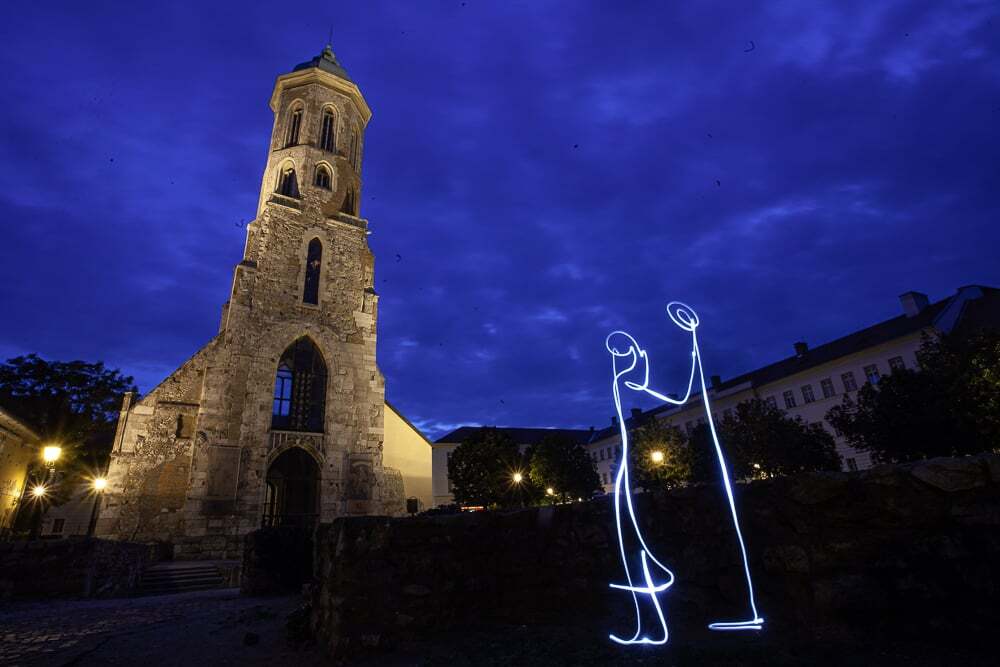Budapest’s 600-year-old church tower reborn as a vibrant cultural space

The Mária Magdolna Tower in Budapest, which closed in February, officially reopened on 15 July following extensive preparations—this time under the management of the local government, according to an announcement on the official Castle District website.
Why was the tower closed?
On 20 February 2025, District I Mayor László Böröcz announced that the municipality had reclaimed the historic building from its previous operator at the beginning of January due to unpaid debts exceeding 20 million forints. The aim, according to Lelépő, was to reopen the tower to visitors as soon as possible.
Efforts are now underway to broaden the Budapest tower’s cultural offerings in the hope of attracting more visitors to Kapisztrán Square within the Castle District. In a farewell message, the previous operator expressed that they were leaving “with sadness but also with pride.” Over the past seven years, they had restored and reopened the 600-year-old site to the public, made the tower accessible, and established the Budatower Gallery, which hosted over 40 exhibitions featuring contemporary Hungarian artists.
New opportunities at the Budapest tower
A new panoramic ticket will now grant visitors access to both the upper observation deck of the Fisherman’s Bastionand the Mária Magdolna Tower. Priced more affordably, full admission is set at HUF 2,500, with a discounted rate of HUF 1,250, encouraging wider exploration of both landmarks. Residents of District I will be able to visit both sites free of charge.
Several exhibitions are also planned. Beginning 31 July, the show “A Palm-Sized Art | TUFTING 360° – WOOLCANO”, currently on display at the Castle District Gallery in Budapest, will move to the tower. Opening hours will mirror those of the Fisherman’s Bastion: from 15 July to 30 September, the tower will be open daily from 9 a.m. to 9 p.m., and from 1 October to 23 December, from 9 a.m. to 7 p.m.
Six centuries of history
The Mária Magdolna Tower and its adjacent archaeological garden are among the most significant UNESCO World Heritage-protected landmarks in Budapest’s District I. Built in the late Gothic style, the tower is the oldest standing structure in Kapisztrán Square. Constructed in the late 15th century, it once formed the western side of the three-nave Mária Magdolna Parish Church.
During Ottoman rule, it was the only Christian church in the Castle District that remained operational, shared by both Catholics and Protestants, according to PestBuda. During the 15 Years’ War (1591–1606), the church was seized from Christians and repurposed as a mosque, known either as Fetih (Victory) or Szaát (Clock). The 1686 siege that reclaimed Buda for the Habsburgs left the church in ruins—only the tower remained intact.
Today, it stands as the only medieval tower in Buda to have survived centuries of war, destruction, and reconstruction in a relatively original condition. While the church itself no longer exists, its basilica-like structure and dimensions remain visible on the side of the tower that once adjoined the former church.
Centuries of the Mária Magdolna Church
Shortly after the Mongol invasion of 1241–42, King Béla IV ordered the founding of the city of Buda and established both the Church of the Assumption in Trinity Square and the Mária Magdolna Church. Originally a small, single-nave chapel built in the mid-13th century, the church was later expanded into a three-nave Gothic structure.
Although the church was destroyed during the 1686 siege, the Franciscan Order—who later took over the site—built a Baroque church there in the 18th century using stones from the original medieval structure. Emperor Joseph II later dissolved the monastic orders and confiscated the building, but in 1792, Emperor Francis I chose the church as the site for his coronation, instead of St Martin’s Cathedral in Bratislava, which had traditionally hosted coronations during Ottoman rule.
From 1817, the church served as a garrison chapel. Some furnishings were transferred from the Matthias Church during its 19th-century restoration, including a valuable copper altar originally commissioned by Palatine Paul Esterházy in the late 17th century as a votive offering.
Although damaged, the building survived World War II. Architect Kálmán Lux had plans prepared for its restoration, but the political regime at the time ordered its demolition, leaving only the tower standing.
Read more Budapest-related news on Daily News Hungary!
Read also:
- Iconic Budapest landmark to be torn down and reborn as trendy new residence
- Budapest named one of the world’s most innovative cities! Here’s the brilliant idea behind it
To read or share this article in Hungarian, click here: Helló Magyar







